|
Happy Birthday Boom! The moment when my role as a mother collided with my studio practice today.
I was greatly inspired by the incredible depth and nuance of worlds painted by KSU Stark Main Gallery exhibition by artist Marianne VanLent, whom I met and heard yesterday. I had poured out some “leftover” colors from the Sunday painting class I’m teaching and covered over last week’s black and white cavern of air. Marianne, who has in fact taught color theory at Pratt, had this to say when asked about some of her use of color “Don’t think—“ She has surely internalized color relationships to work in really intuitive ways. And when she admitted that blue was not a native color for her, I was surprised because of the way that it breathes in some of the paintings. So I have temporarily abandoned my typical way of beginning a painting to continue along this way, thinking about a particular place and experience there in this painting, but also simply reacting to the color I put down with what resonates best. So here I am, feeling a little like an alcoholic not wanting the last drop in the bottom of a bottle, using up some saved scraps of primary colors that I did in fact encourage my students to squirt out, rather than dab, when we were mixing paint. And here I’m not even mixing but following my intuition as to what color goes where and how to blend with rag, glove, scraper, and brush. Nothing like the computer-based composition building I more often employ before even beginning painting. Last week, we celebrated my daughter’s birthdays---Gillian 4, Madelyn 6. The “Happy Birthday Boom” balloon had drifted into my studio. And I went to bed concerned after last night’s 1st grade parent teacher conference. We looked at two conflicting test reports---one in which my daughter’s reading/comprehension skills were placed solidly in the “green” zone, and the other, in which she tested clearly the “red” intervention area. It is no surprise to me that her primary skill to work on is “focus” as she is “all over the place”. I am fully familiar with the delay and distraction tactics that are part of our everyday life, our daily routines. I am all too familiar with the fact that most of my dedicated time just with her to do homework is 90% cajoling, almost begging her, leaving 10% to accomplishment, and all the while she pushes away my every effort to help her. When instructed to look over at her, during the conference, apparently to see this “all over the place” quality, I only observed her fully focused on her coloring. Yes, there were all the folders taken out of her bag, and yes, the colors were strewn around her. OK, And…? So how much of this is she getting from me? I wonder to myself. I never had struggles in school, my character is eager to please and quite a few subjects came easily to me throughout my academic and work life. But distraction? Messiness? Yes, I am very familiar with those. My studio has a birthday ballon drifting in it, multiple projects and tools co-existing, drawing tools from the work finished last not put away. Multiple times in my life, I have been admired as “well-organized” even told that my secondary animal is a “beaver”. I can make and cross off bullet points on a list, listen well through long meetings, and read The Gaurdian from cover to cover. But spatially, I struggle with ordering my possessions, keeping the house and car remotely tidy, and I’m cronically a few minutes late. In graduate school I was discouraged from using the word “Meander” in my thesis. Was the beginning of that thesis committee advisor’s admonition to be found at the crux of Kindergarten and 1st Grade? It is no surprise that grade level is the time when the playfulness of Kinder/playschool is abandoned for more linear learning style of academics. But is there really something requiring intervention about my daughter’s tendency to be immersed in whatever moment is before her at that time? How much time organization can or should I impose? When we struggle everyday, I often think we were are not alike at all. (She is stubborn, a challenger, fiercely independent, and fanciful). But in another way perhaps she is really like me. She is dreaming about patterns of numbers, aliens with multiple legs, putting in browns and pinks of ponies just so, into her beautiful picture while her bag and its contents is strewn about her. So when we work on reading, I will be more patient. And I aim to inspire her with long stories in chapter books like The Wizard of Oz. Maybe I just need to first ignite her imagination, in order to get her to want to put the effort in, to learn to tap out one simple word after another. Perhaps I should be OK to encourage her, “Don’t think—” Dream!
1 Comment
 I lay in bed this morning, fourth of July morning, thinking I should take advantage of my pre-children morning time (when I would usually take a shower), because my husband and Madelyn (three and a half) had gotten up and gone out to buy milk. I pulled on a T-shirt and shorts, the first shorts for me this season, and headed downstairs. I hesitated in the kitchen because I realized that my phone is my watch, and this challenge stipulates no phone. I just glanced at the minute hand’s position past 6 a.m. on our clock. I’d just trust my instincts. Then I opened our backdoor. I could go anywhere. I was not calling after children, not destined for my driver’s seat, not off to find something in the garage. I was just out, awaiting direction from whatever in nature would most engage my senses at this moment. I found myself following the thrum of flight by a tufted titmouse. I have always given up trying to capture birds in drawings or paintings, because they are always dancing. How do I make a drawing dance? Watching this titmouse, though, I imagined maybe I would try again. Could I memorize and slow down the silhouette of its wings, paused in flight for just a second? The titmouse had landed on an ornamental tree in our garden, so I walked closer. I breathed. I shivered and pushed my arms down into my pockets. Could that be the sight of my breath in front of me? I had noted the distant morning mist over the wetland, but I could hardly believe it was cold enough to see my breath in July. I exhaled: two, three, four, and kept looking up. Yes, my own mist—haaaaahh—positioned for a second in visible droplets. Another image elusive to brush and lens. I followed the bird, crested, blue-grey, small—it had flown over to the stand of tall pines with low hanging, branches. He had joined two others: and they were angling up and down the trunks, playfully. Later he cracked birdseed, and I also heard tapping at wood-though I didn’t know titmice would do this. In the excitement of morning time they reminded me of my children once fed and playing: at little here, a little there. Then one little blue-grey feather fell. I watched its shape and path, falling from a wing, floating back and forth, simultaneously slowly round. Here I have a souvenir of this morning. Crisp yellow light made the needles around me shimmer in cascades. Light glinted off the sap of some knotty, dead branches. I thought I’d sit leaning against this tree, and settled into a comfortable recline. Here I am, positioned to receive: Soft, cooing mourning doves Constant Crows, near and far Wet sounding calls of the redwing blackbirds down below our field Perhaps a hundred barn swallows, darting, swooping The clank of something in the barn—perhaps the cow’s tail or head hitting something Six truck engines driving on nearby roads One dog, slowly following my path then nosing under my knee A beautiful and delicate insect, perhaps a may fly? Silent. A small, tightly topped mushroom Many spider web patches, light little tents in a nightly city Dew jewels hanging off unkempt grass Many intermittent train whistles but probably just one train... Two choruses of morning chicken coops, from close neighbors and then from distant neighbors, each with distinctive styles. They reminded me of fiddle tunes. And at the beginning: One lonely owl hoot—I listened and listened for more but no more calls followed. ~~~ I thought about my position, amidst these wild, domesticated, and completely manmade sounds. I thought about all this happening, every morning, while I am focused on our family's own routine: showers, microwave beeps, breakfast setting, dressing, washing, clearing, packing, picking up, waiting, coaxing, reminders, and goodbyes.
P.S. Now I have added Judi Krew’s bags to my selection of prizes for playing and posting to the Touch-Nature Game!
Come to my reception Friday, June 27th, for the first drawing. The top winner will get an original Emily Vigil painting. Other prizes include cards, gift certificates to Deli Ohio (where they make delicious food using locally grown ingredients) and Judi Krew “Acme Annie” bags. Although the painting prize will only be offered once, I will be continuing the other prizes all year long with a drawing each month. 1. It was really, really easy! My husband was in the process of telling me to make sure that I keep the package, because I may want to return it, because he thought it had the wrong type of fitting…. No longer did he start to tell me this, than I’d already had it installed in the sink. 2. It will help me conserve our family’s water use. Most models conserve between 30% to 50% of the water at that faucet. 3. It allows me to easily toggle between high and low-flow water. In fact, with my sink, I can now use my retractable sprayer for full-pressure water, but just exactly when I need it. Before I installed this gadget, I hated using the sprayer because the regular water had to be fully turned on whenever I wasn’t actively shooting the sprayer (so it would often get wasted). 4. The aerator designed to swivel around so that now I can easily switch water flow from my washing sink to my rinsing sink. 5. It was really cheap! It only set me back about $13 dollars. The simple models can cost as little as $5. P.S. O.K. So this particular swivel/toggle model isn’t as attractive to look at as some high end sink faucets, however, now I can have total control of my dish washing water use. What could be more beautiful than that?
I am a stranger here.
I moved to this area just five years ago. But I am only just beginning a journey to better understand and appreciate my home in Ohio. Whether you have recently moved here or you were born in Stark County, I invite you to accompany me, to teach me about this place, about what is special and significant about this area. I will respond how I know best, through my artwork, and so as you share with me, and as I listen, we will build something a new expression of this place together. ~ I am seeking your stories about the Northeast Ohio region, about places that are meaningful to you. Share your story with me today! This is week one of the beginning of my Touch-Nature year. This year I’ll be completing a Touch-Nature challenge each week and writing about it in this blog. My journal this week begins and ends with babies, fitting for a spring time journal. Day 1 Barn Swallows I took Madelyn’s hand (she’s three and a half) and we went into our barn hunting for a nest of barn swallow babies. We spotted one nest, along with many holes in the sides of the barn for entry. But we didn’t see and couldn’t reach to see any babies. I have been watching a swallow fly into and out of one particular hole. Every time she leaves this hole there is a chorus of cries from inside the barn. It’s Saturday morning of Memorial Day weekend. We have great temperatures and a light breeze. High cumulous clouds parade across the sky, which is peppered with crows and swooping barn swallows. The girls are wet and messy, barefoot and dripping from kiddie pool water and popsicle drips. I smell like sunscreen. Day 2 Yesterday I “touched nature” too closely for my liking—I tackled with a large patch of poison ivy, which crops up just next to the children’s play area. I admit I am quite over-zealous about purging the yard of the stuff, after a bout of itching last summer, and after our neighbor ended up in the hospital due to a reaction to the oil on poison ivy several years ago. Full disclosure—I did spray the plays with a powerful herbicide specifically designed to kill poison ivy. And now I feel even more guilty and concerned about having this poison in a play area than I originally felt about the ivy itself. Here I am trying to be a more responsible person about my natural surroundings—how hypocritical am I? This is the first home and land I’ve owned, and to my credit I have never used chemical treatments such as this before. I have read the classic Silent Spring, by Rachel Carson, and so I am aware of the dangers of poisoning with harmful chemicals. So I am concerned. I decided to dig out each of the areas that I spot treated to hopefully rid the soil of any remaining spray or vines. I covered myself with long boots, long sleeves, and nitrile gloves. I managed to pull up the roots (which was much harder than I imagined because it was tangled with English Ivy) and dig a little hole each place that I had sprayed. I was careful to completely wash myself and the removal tools afterwards. I’ll probably find out today if I was successful avoiding skin irritation. The Bolivar dam, constructed in the thirties, is about to undergo renovation...soon this view will be inaccessible while the construction takes place. A new service gate is currently on view at the top of the park. I'll shoot some details of it next time I visit. The river is peaceful today right before the dam... Day 3 I opened the Subaru doors and unbuckled the girls into the garden. Today’s afternoon air is thick. The playground grass is long, and when I brought Gillian and Madelyn their sippy cups outside, they didn’t want to come drink with me at the kiddie picnic table. Instead Madelyn invited me over to her “house”, a little tramplea area of grass with a doll laying beside her and her one-and-a-half year old sister. She said, “We’re hiding!” ˜ Later on, the grey rolled in thunder. But the rain has not lasted long. I recall reading earlier today how impervious surfaces—i.e., cement, paving—affect storm water in cities, because the natural process of water filtering through soil doesn’t happen. So paved surfaces contribute to turbidity (cloudy, sediment-filled qualities) in water as well as erosion. I presume this is because storm water runs of cement and accumulates so quickly instead of being absorbed, carrying what ever it picks up along the way. This short, introductory article tantalizingly states a goal of getting storm water to mimic a more natural filtration process, but there isn’t room in the short article to describe how. (This was an article in the last page of City of Massillon Parks and Recreation In Motion Program.) It certainly makes me want to find out more. Day 4 Potting petunias for Currents and Cocktails Today I am amidst plants. I toured nurseries and a garden with my friend, a volunteer at Massillon Museum who is generously giving her time to help bring beauty to an opening event (and later the museum grounds) where I work. (More about that in a minute.) Deb is an upbeat, enthusiastic person who is clearly passionate about plants. She reminded me of my Grandmother Mary, who would greet any visitor to her house in England with a tour of her garden. The most memorable part of Deb’s garden tour was hearing her speak lovingly about a large, old lavender patch, which appears to have not made it through this hard winter. This particular plant has been with her even before her family bought their house (I’m guessing about twenty years ago). Together, we chose nursery plants, then repotted the purple and pink petunias to add a splash of color in front of a white picket fence for the June 7th Currrents and Cocktails event at Massillon Museum. Day 5 This morning, I listened to Jeanne Falk Adams, curator of the upcoming Fragile Waters exhibit at Massillon Museum, where I work as events coordinator. www.massillonmuseum.org Fragile Waters is an exhibit showcasing photography by Ansel Adams, Ernest H. Brooks II, and Dorothy Kerper Monnelly. (This exhibit is on display from June 7-September 14, 2014) Jeanne Falk Adams is the curator of the exhibition and the daughter-in-law of Ansel Adams. I was lucky to attend a welcome breakfast in her honor at the Massillon Women’s Club. She spoke passionately and eloquently about the artists she chose to exhibit alongside Ansel’s work. She relayed how Ernest Brooks is a man with a “zen” quality. She described him diving down into the ocean, where he has extraordinary stamina to stay underwater patiently, where the underwater creatures are drawn to him. She described how much Dorothy Kerper Monnelly loves the New England marsh where she lives and where she explores the marsh with her 4 x 5 camera. I would like to thank Jeanne Falk Adams for inspiring me through this exhibit to renew my own artistic journey in nature. She has motivated me to reconnect with nature through painting, by being more aware of and careful with how I use natural resources, and most of all, by paying attention. Day 6 Busy day: Boating on Walborn Reservoir, seeking the Eagle’s nest (we didn’t locate it), selecting a bag of crispy, tart apples from a local orchard at the Hartville Flea Market, followed by evening yard work taking care of young trees on our land. Day 7 I returned to the barn today. When I visited first I had not looked carefully enough. I counted not one but five swallow nests. The swallows burst in and out of the barn. What choreography! |
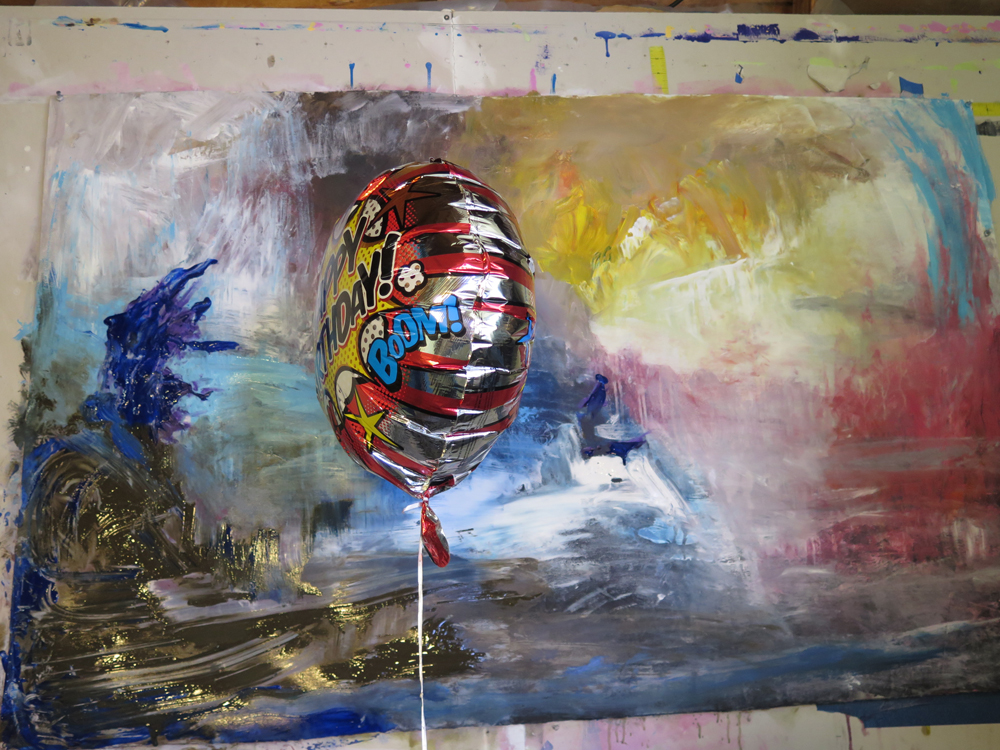
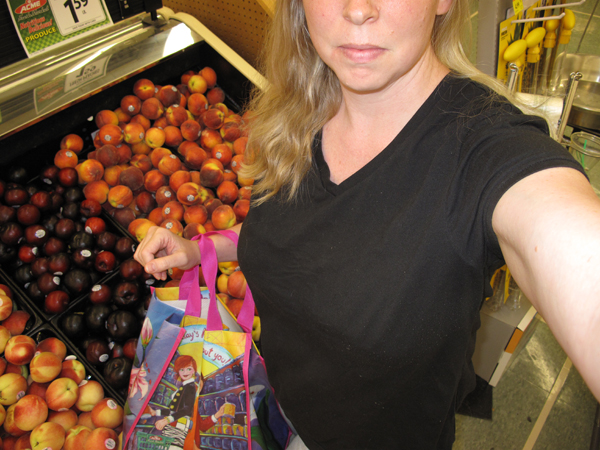

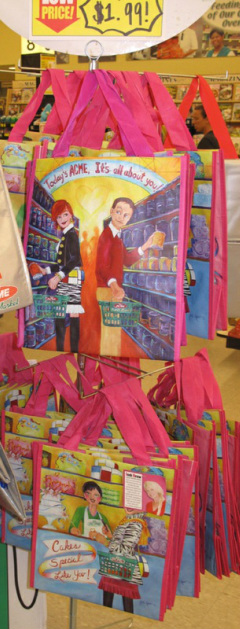
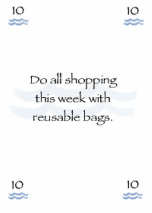
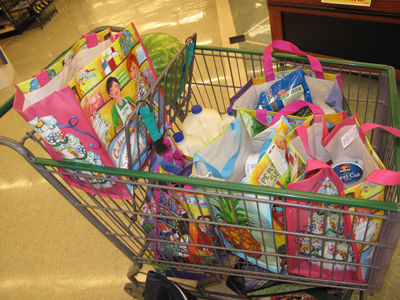

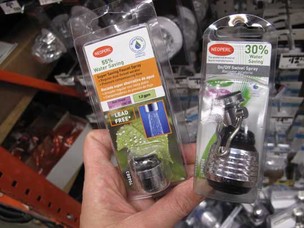
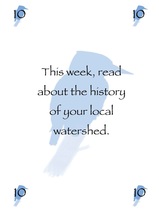
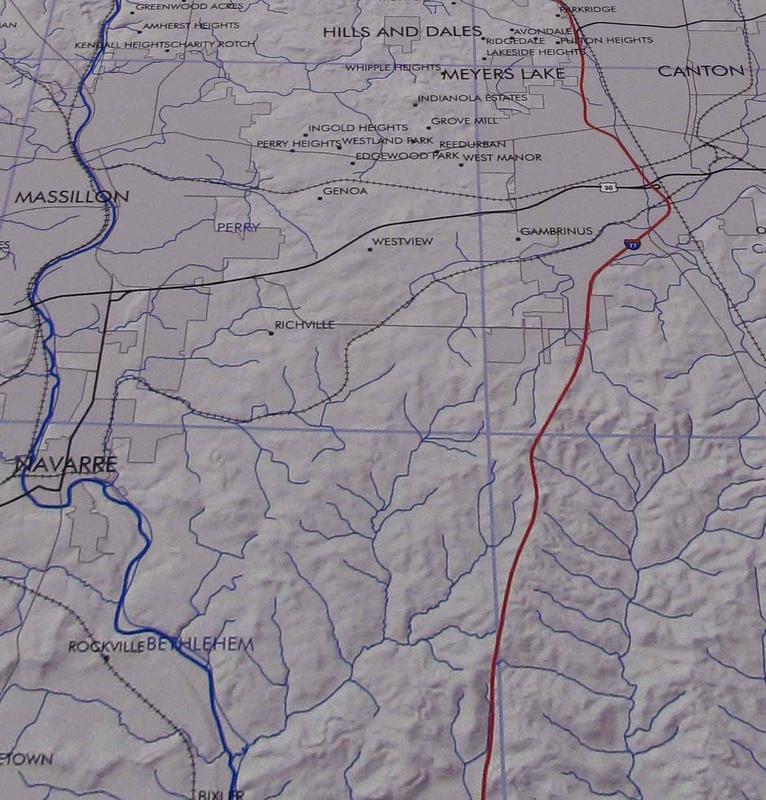
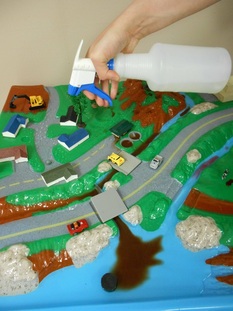
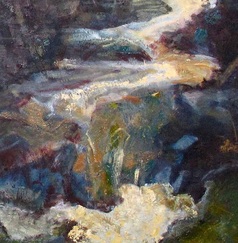

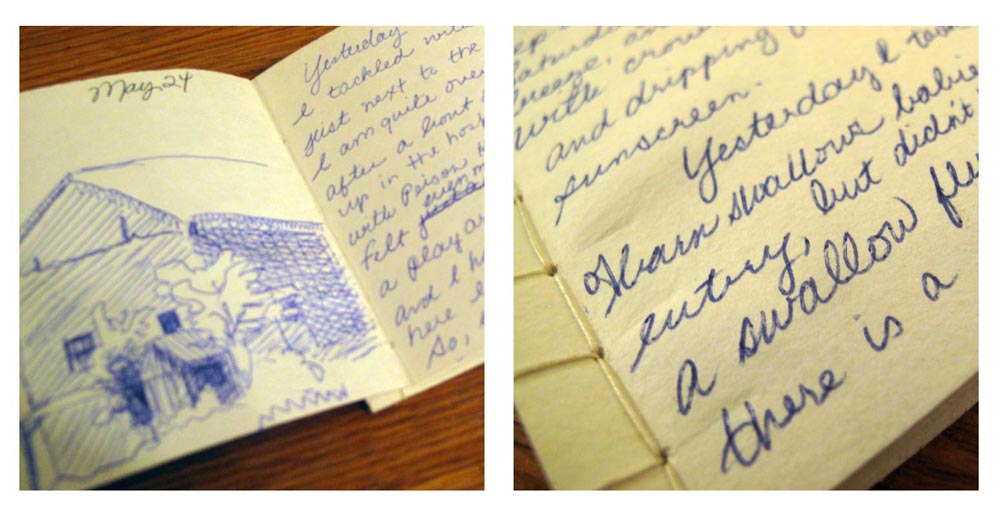
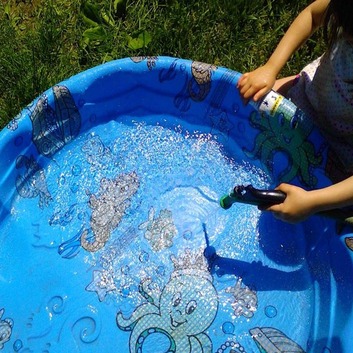
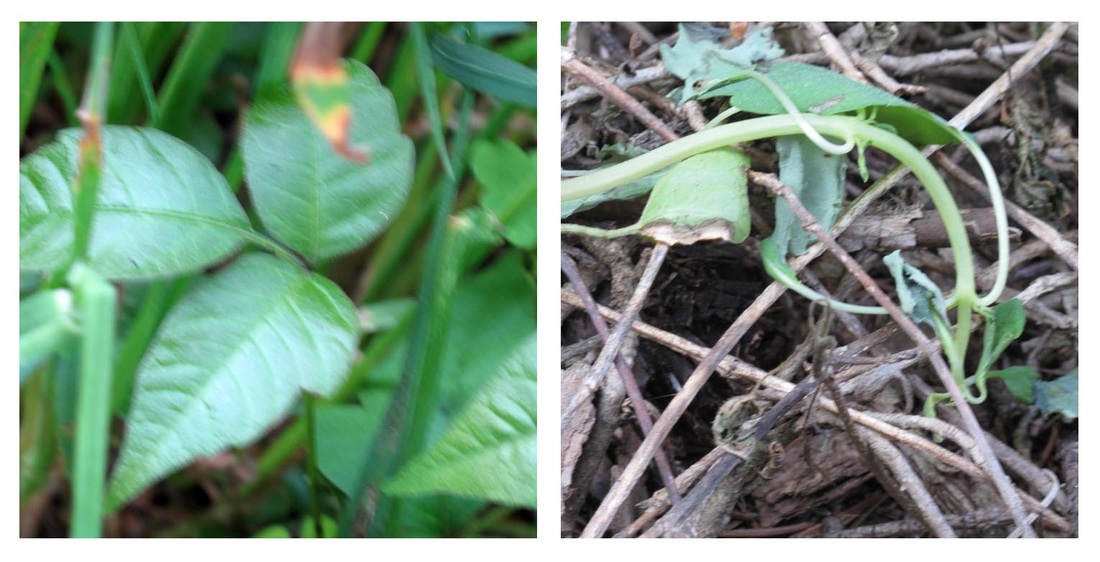
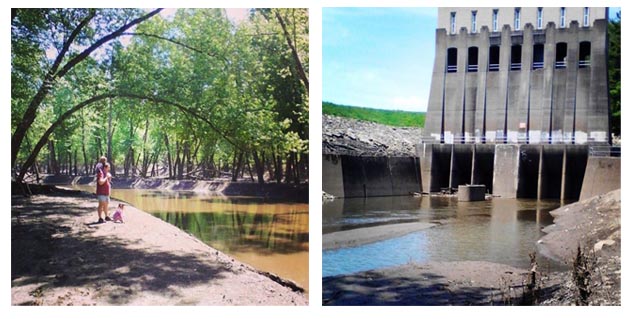
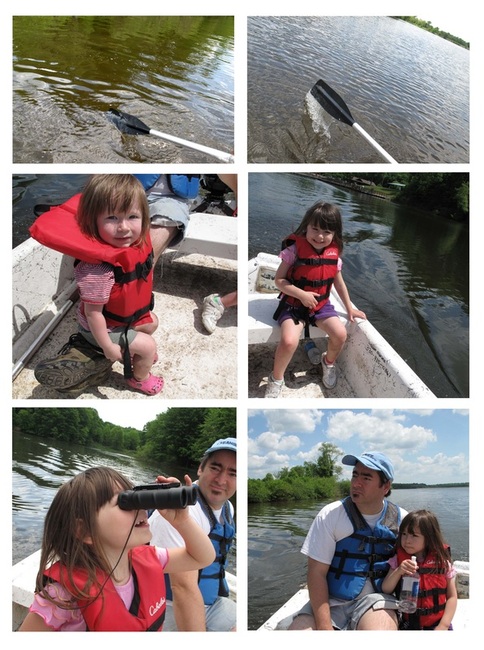
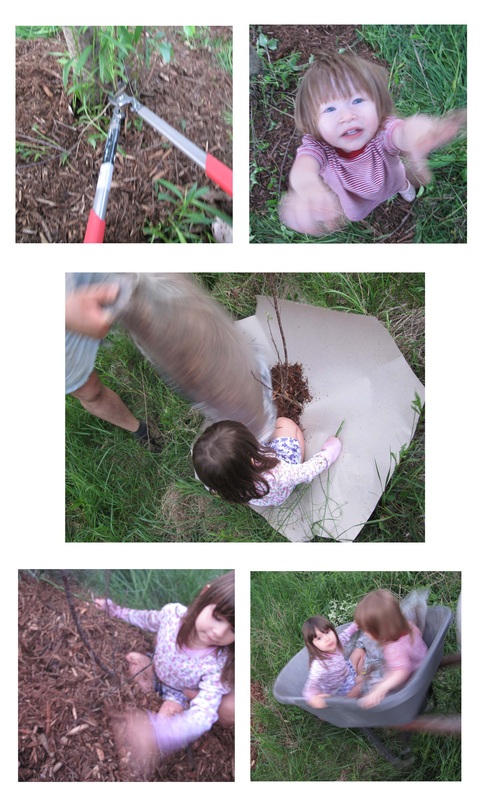

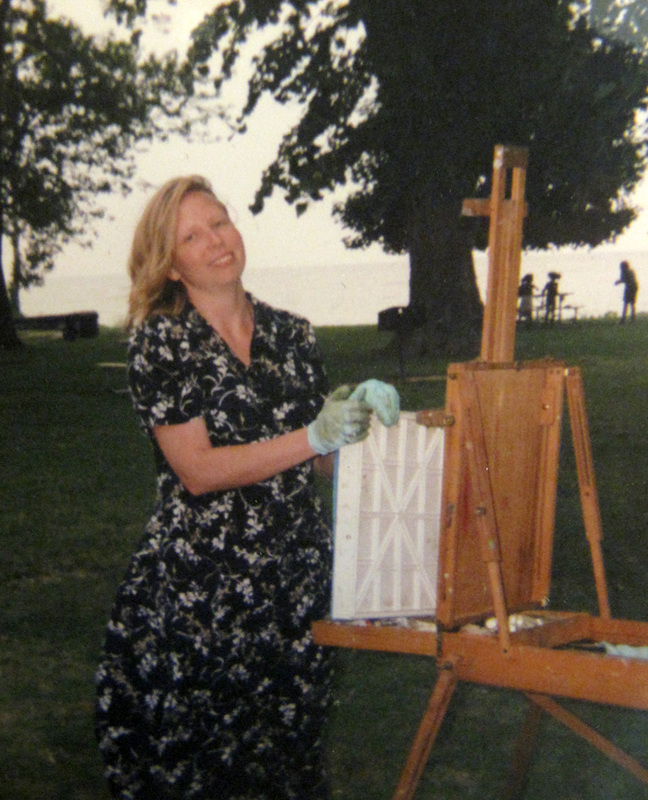
 RSS Feed
RSS Feed
